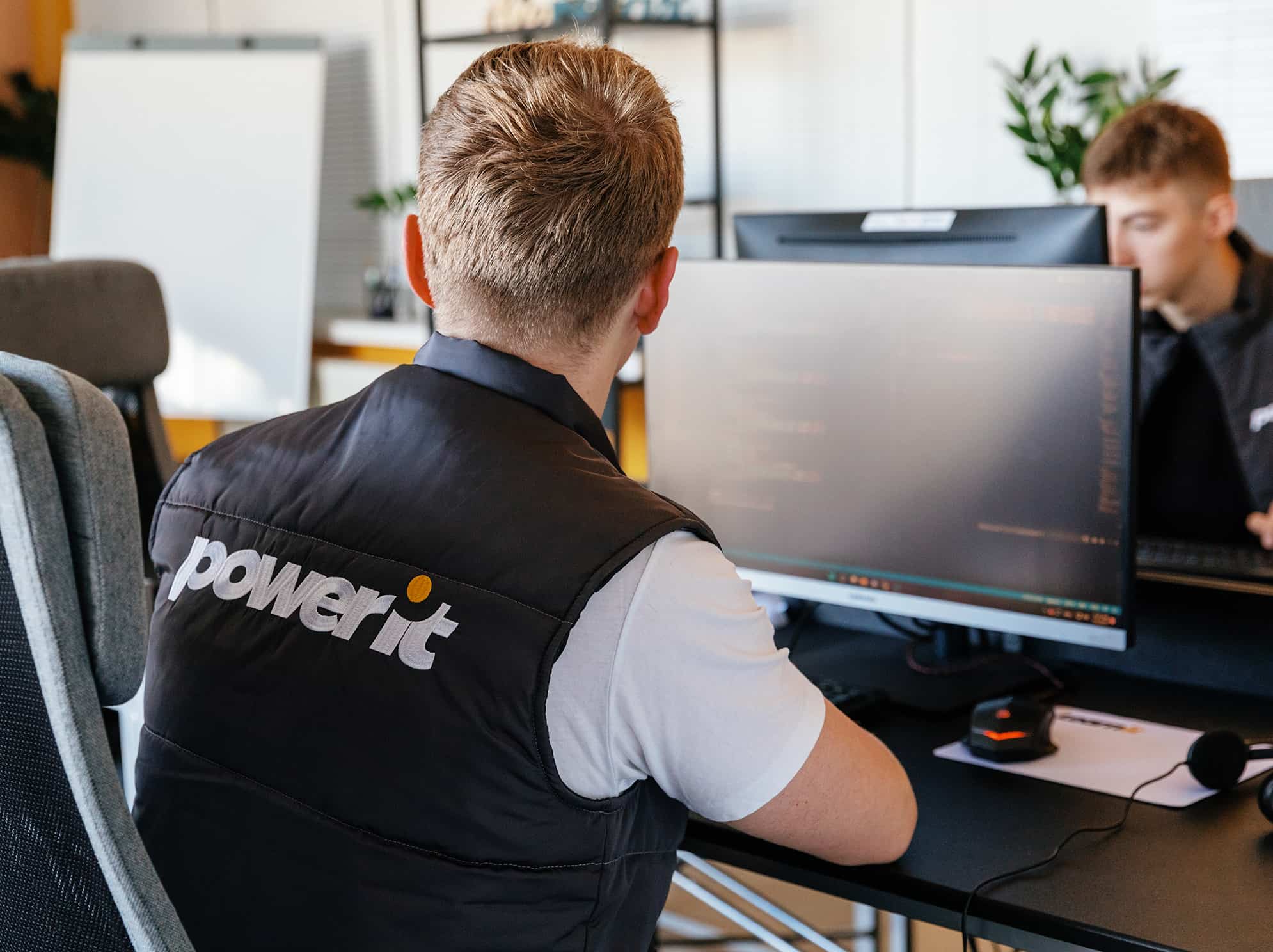
3
January10 Facts You Should Know About Programming
Modern technology became to part of our everyday lives; it is in our pockets, in our work, in everywhere! And we all started to understand better that coding is the way of the future. The idea of coding may sound complicated to you, but when you will read our article you will be able to see the technical realm and realize how fascinating and mind-blowing it is. Here are the 10 facts for you – so let’s start:
1. Python was NOT named after a snake. The programming language Python was implemented by Guido van Rossum. Whilst Guido van Rossum was implementing Python, he was also reading the published scripts from Monty Python’s Flying Circus. After time some of the reviewers started to consider that Monty Python to be a must-see comedy series. Why? Well, the show is full of surprises and is complete fun to watch. It is an experimental comedy. In this point it became TV serial in BBC. Guido van Rossum wanted to give his programming language a name that was unique, mysterious and short and what better than naming it Python after Monty Python’s Flying Circus!

The first person to use the word “bug” to describe a technological error was Thomas Edison. He used it in a letter that dates back to 1878. However, it wasn’t until 70 years later that the term became so popular.
After that in 9th September 1947, the first actual incident of a computer bug was recorded by Grace Hopper, an American computer scientist and member of the U.S. Navy. She was working on a Harvard Mark II computer and recorded the bug in the computer’s logbook. After she noticed a hindrance in the computer’s operation, she started tracing the problem. About that problem she wrote “First actual case of bug being found.” Since that time programmers are dealing with “bugs” in their work.
3. Computer programming played an important role in ending World War II. Alan Turing, an English Mathematician, is recognized by many as the father of modern-day computer science. He founded the concepts of computations and algorithms with his inventions. However, what many people might not know is that Turing played a pivotal role in bringing World War II to an end.
The Nazis used an encrypted machine called ENIGMA that was difficult to interpret. However, Alan used his cryptologic and algorithmic skills to decipher the machine. This helped the Allies to win the war and saved countless lives.
In fact, the Association for Computing Machinery (ACM) named its award after him. The Turing Award is given to individuals as a recognition of their contributions to the world of computer programming.
4. One of the world’s most popular COVID-19 tracking websites was created by a teen. Avi Schiffmann has programmed the lauded COVID-19 and vaccine tracker; https://ncov2019.live/. Because the tracker covers the entire world, there's always someone checking it. Any one time, the site hosts 30,000 people, and from across the world. It constantly updates with statistics for countries around the world on infections, deaths, recovered, and rates of change using data scraped from the WHO, CDC, and other government websites.
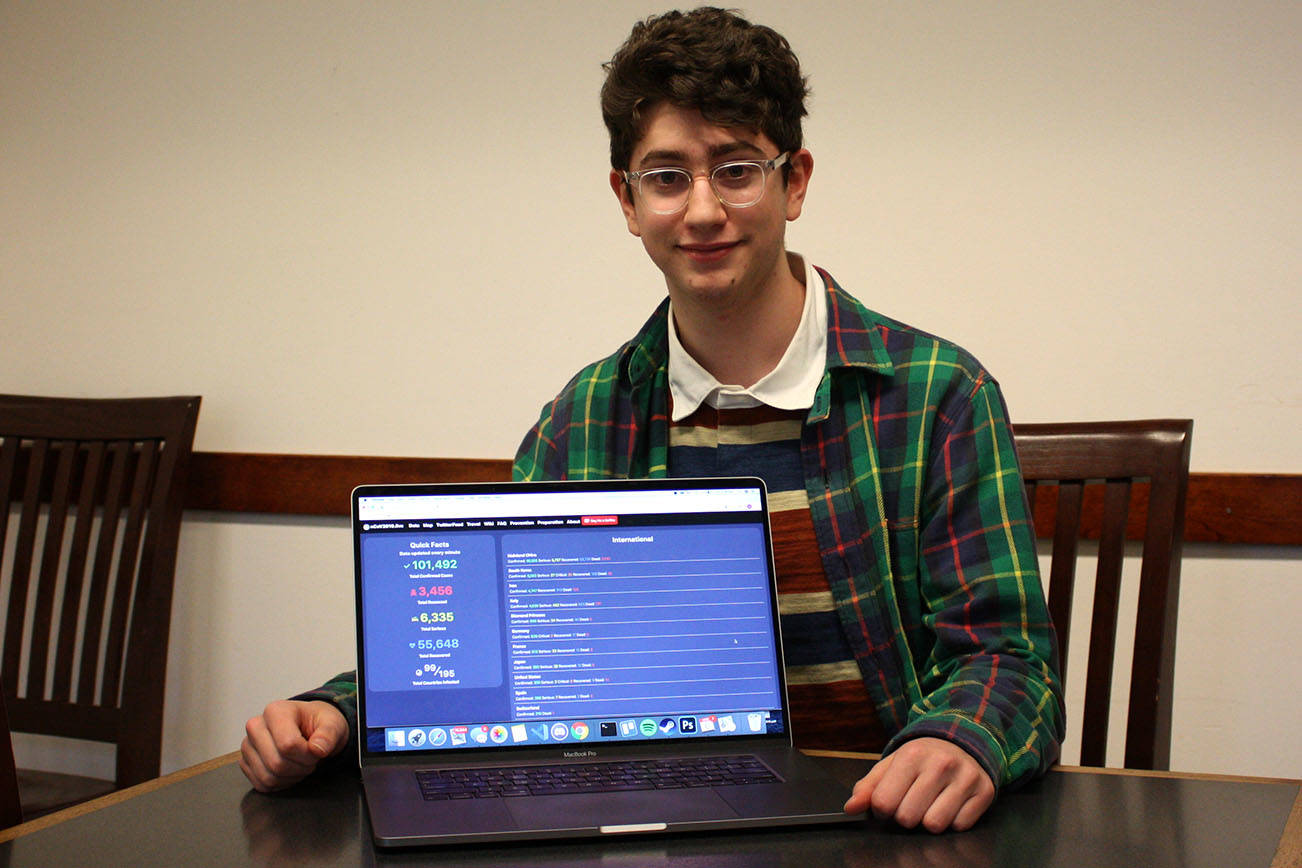
5. It took less code to send a man to space than to run a smartphone! When NASA’s reusable Space Shuttle first went into space in the 70s it had less code than the phones in our pockets!
Surprisingly, NASA still uses computer programs from the 70s in their spacecraft. It would be extremely costly for NASA to write new codes and design new computer programs. Additionally, designing a new computer program requires a lot of testing and can carry risks of failure. The old-fashioned technology that NASA is currently using still works up to this day, so as a rule of programming: Don’t change anything if it is working, old but gold rule.
6. A huge percentage of computer programmers begin writing code before they graduate from high school. It is not a big surprise when according to the surveys approximately 75% of elementary school students prefer to learn a programming language over French or some other foreign language. Most of the schools started to give more attention to that and started to open more computer laboratories and give students chance to step up to IT from earlier ages. But most of the students are starting to learn IT by theirselves online.
7. There are over 700 different programming languages! When you think about coding languages, you can probably rattle off a handful without much effort, from JavaScript to PHP, and more.
But did you know there are around 700 different programming languages? Programming languages simplify the computer’s native language of binary. One reason why there are so many programming languages is to vary how close a language is to binary vs human language. There are high-level programming languages that are easier to use, and there are low-level programming languages that are harder to use but give more granular control over the computer.
Another reason why there are so many coding languages is that many coding languages are built for a specific function. There are programming languages made for controlling automated factory machines, designing video games, or even teaching people how to program.
8. In 2009, Markus Persson created and released the computer game Minecraft, which was later purchased by Microsoft for $2.5 billion. Marcus 'Notch' Persson, a 43-year-old high-school dropout who learned to code at the age of seven become a billionaire from the game he created in his bedroom. Minecraft is the best-selling video game of all time, with over 238 million copies sold and nearly 140 million monthly active players as of 2021 and has been ported to several platforms.
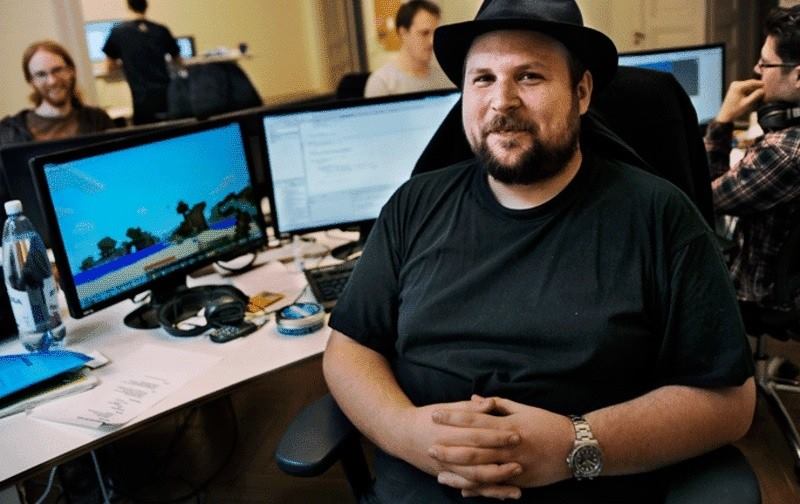
9. The first computer game didn’t make any money. Here’s a fact: Computer games now are so popular that the games industry generates a larger revenue than the movie industry! The video game industry generated almost $135 billion and soon gaming industry will reach the at least 180 billion$! But did you ever know that what’s considered the first-ever program meant to be played as a game wasn’t even a success?
There were some earlier examples of computer games, such as “OXO” in 1952 and “Tennis for Two” in 1958. However, a lot of historians credit “Spacewar!” to be the first true digital computer game.
This game is the brainchild of a team of computer programmers from the Massachusetts Institute of Technology (MIT). Steve Russell, Martin Graetz, and Wayne Wiitanen conceived the idea in 1961. It took the team about 200 total hours to write the first version of the program. The game was released in February 1962.
The idea of Spacewar is simple; by using front panel switches two players can control each of the two fighter spaceships. In the game, your mission is to destroy the opponent’s ship first. That game became extremely popular within the computer programming community. However, it failed to translate its potential into commercial success.
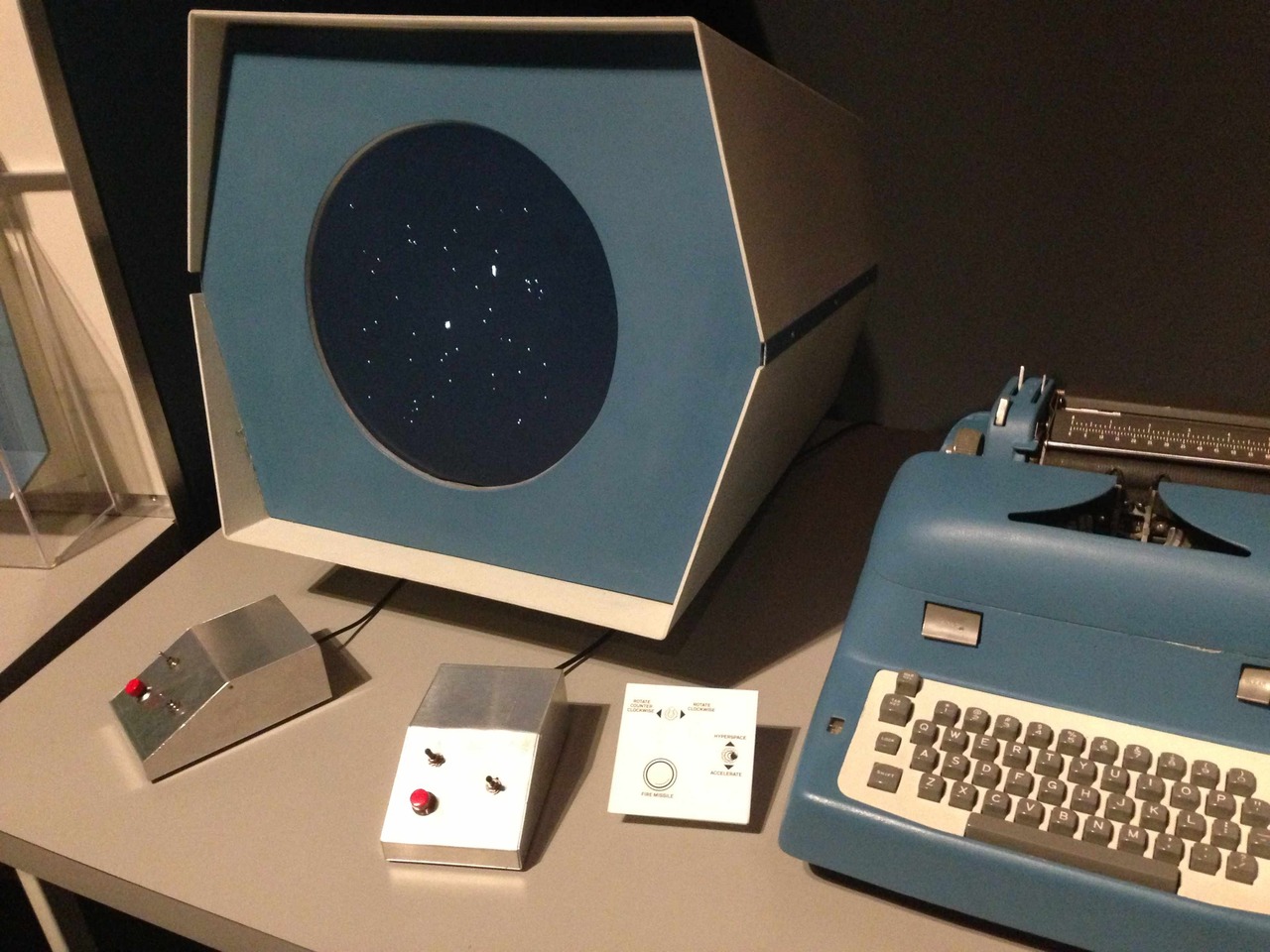
10. The first computer programmer was a female mathematician. Ada Lovelace was a brilliant British mathematician and the daughter of the English poet Lord Byron. She’s also considered to be the first-ever computer programmer in history.
She was born on December 10, 1815. Ada excelled in mathematics and was interested in numbers and fascinated by number theories. Later in life, Ada began working with Charles Babbage, one of the most popular mechanical engineers of the 19th century. He also created one of the earliest models of mechanical computers, and was called the "Difference Engine". This machine is also considered one of the cornerstones for modern calculators.
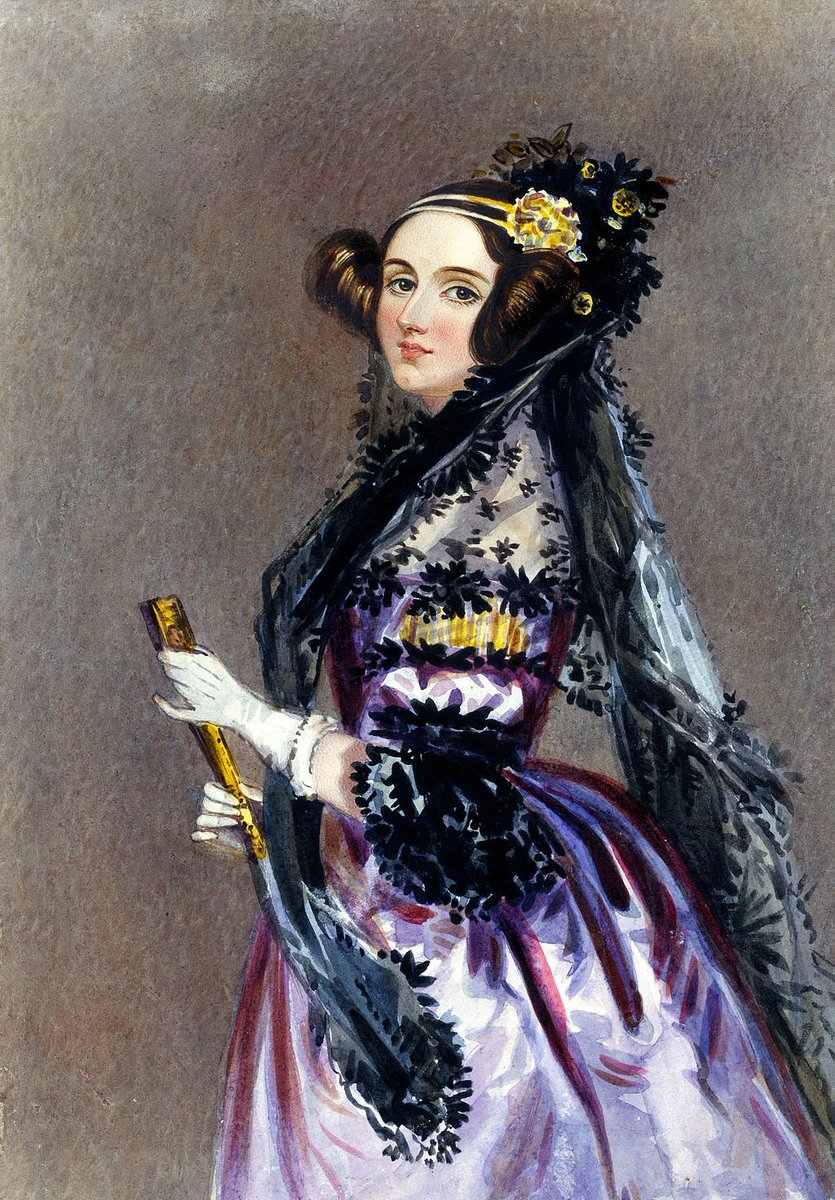

Reviews